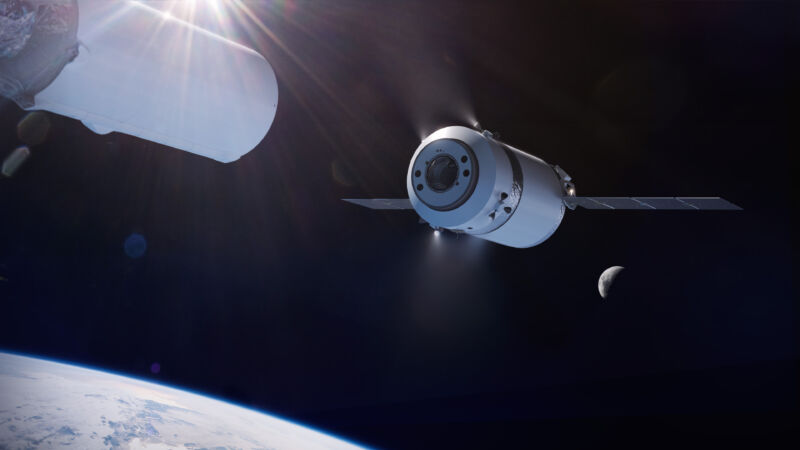NASA will pay SpaceX nearly $1 billion to deorbit the International Space Station
Ars Technica » Scientific Method 2024-06-27

Enlarge / Illustration of the SpaceX Dragon XL as it is deployed from the Falcon Heavy's second stage in high Earth orbit on its way to the Gateway in lunar orbit. (credit: SpaceX)
NASA has awarded an $843 million contract to SpaceX to develop a "US Deorbit Vehicle." This spacecraft will dock to the International Space Station in 2029 and then ensure the large facility makes a controlled reentry through Earth's atmosphere before splashing into the ocean in 2030.
"Selecting a US Deorbit Vehicle for the International Space Station will help NASA and its international partners ensure a safe and responsible transition in low Earth orbit at the end of station operations," said Ken Bowersox, NASA's associate administrator for Space Operations, in a statement. "This decision also supports NASA’s plans for future commercial destinations and allows for the continued use of space near Earth."
NASA has a couple of reasons for bringing the space station's life to a close in 2030. Foremost among these is that the station is aging. Parts of it are now a quarter of a century old. There are cracks on the Russian segment of the space station that are spreading. Although the station could likely be maintained beyond 2030, it would require increasing amounts of crew time to keep flying the station safely.